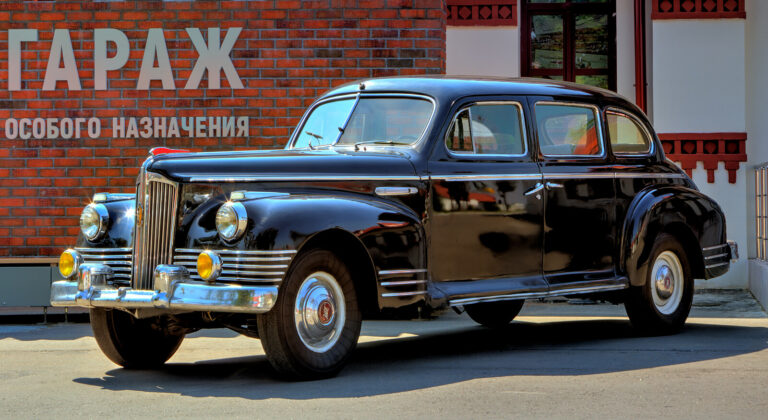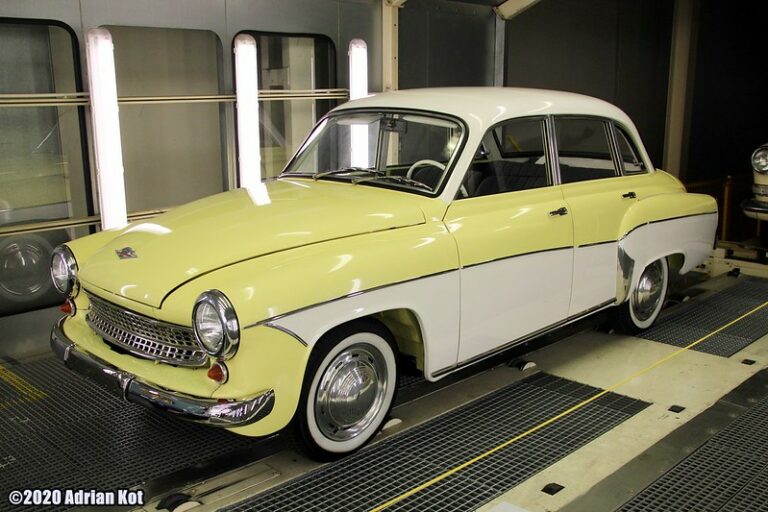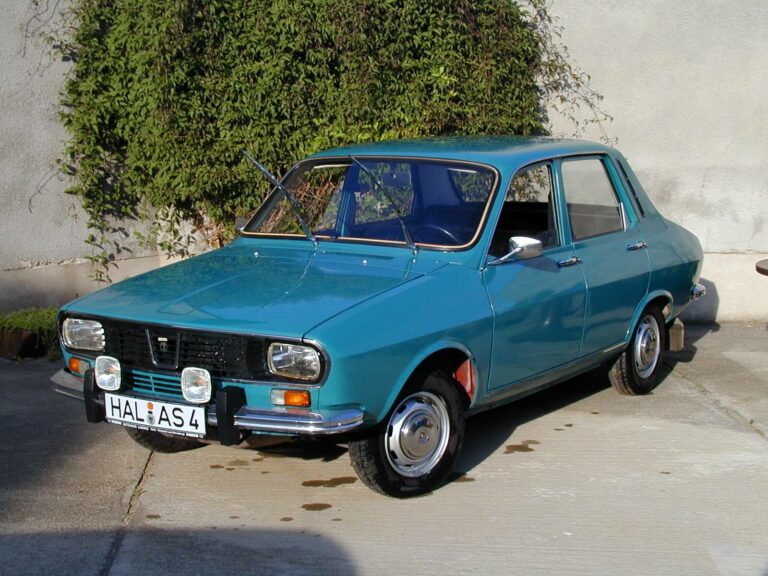1979 - The great Zaporozhetsek revision - 3
In the July 1977, January 1978 and March 1978 issues of Autó-Motor November 1979 published a three-part article on the same subject in the ZK-91-08 frsz Zaporozsec 968A from the pen of the owner, Otto Nagy. The author of the articles reports on the use and usability of the car, from the first drive through to the car's almost two years of age, sometimes in a funny, sometimes in a more serious, but always informative way.
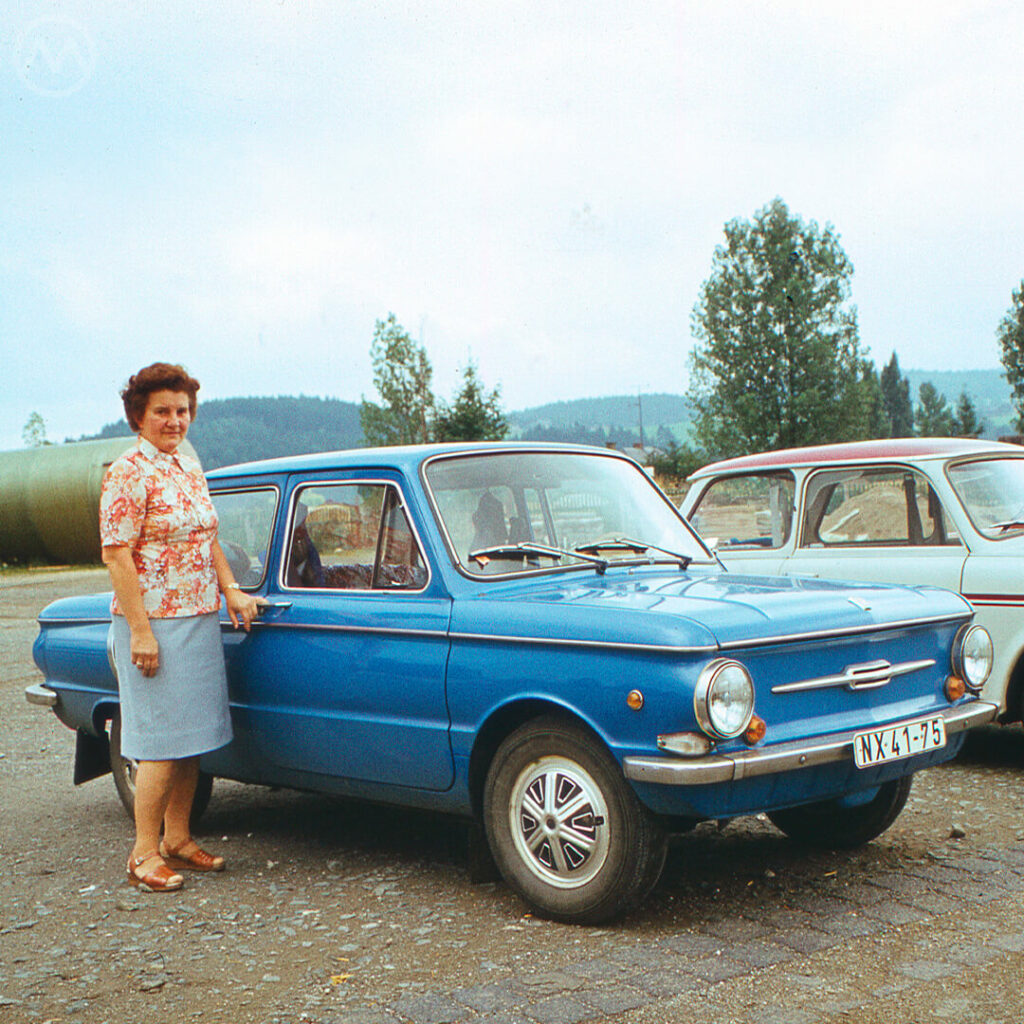
Image source: oldmotors.net
The subject of this three-part series, the ZAZ-968A made its debut towards the end of 1974. Improvements included a padded dashboard, an energy-absorbing steering column and seats from the VAZ-2101 Lada. [13] The headlamps of the export ZAZ-968E were modified to meet international standards, and the car was fitted with a safety glass windscreen and anti-theft steering lock. During the thirty-four years of production of the entire model range, a total of 3 422 444 Zaporozhets were produced at the Melitopol plant with the same air-cooled V4 family of stationary engines.
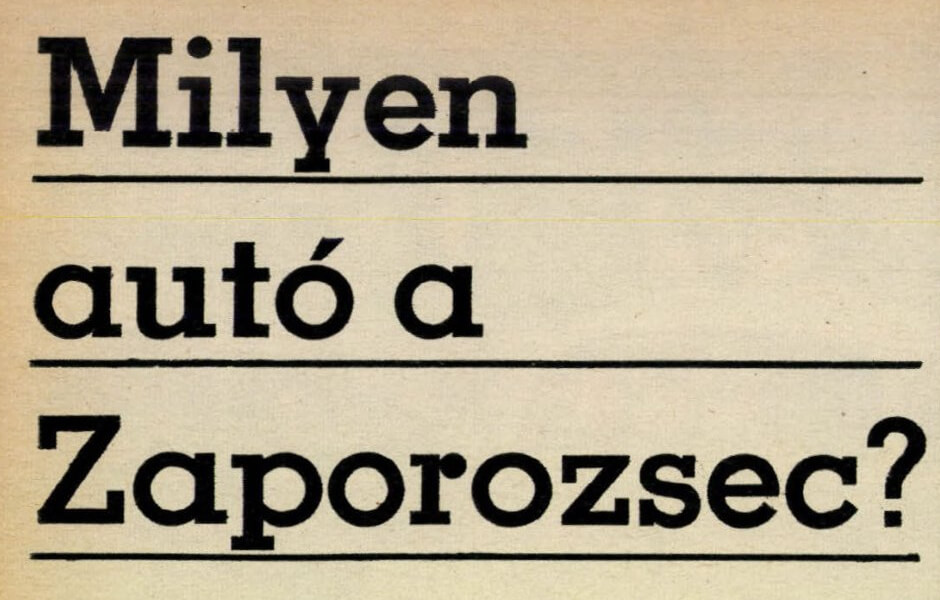
Below is the third transcript of the article series, published in November 1979:
♠
What car is Zaporozsec?
What car is the ZAZ? I sought answers to this question from some old and new Zaporozsec owners. The answers were interesting and surprising. So much so that I thought it worth publishing them.
The engine is known to have the power of a combine harvester. No wonder, since the factory used to produce agricultural vehicles. The initial crude engines have undergone considerable refinement and today they really do run like a fine watch. There were differences of opinion between the interviewees about the power source of the car. It was good, for example, to hear about the Zapos' fuel consumption. The average consumption of 8.2-9 litres is typical of the model, of course with a well-tuned engine. Oil consumption is not typical of more recent cars, but it does occur in older ones.
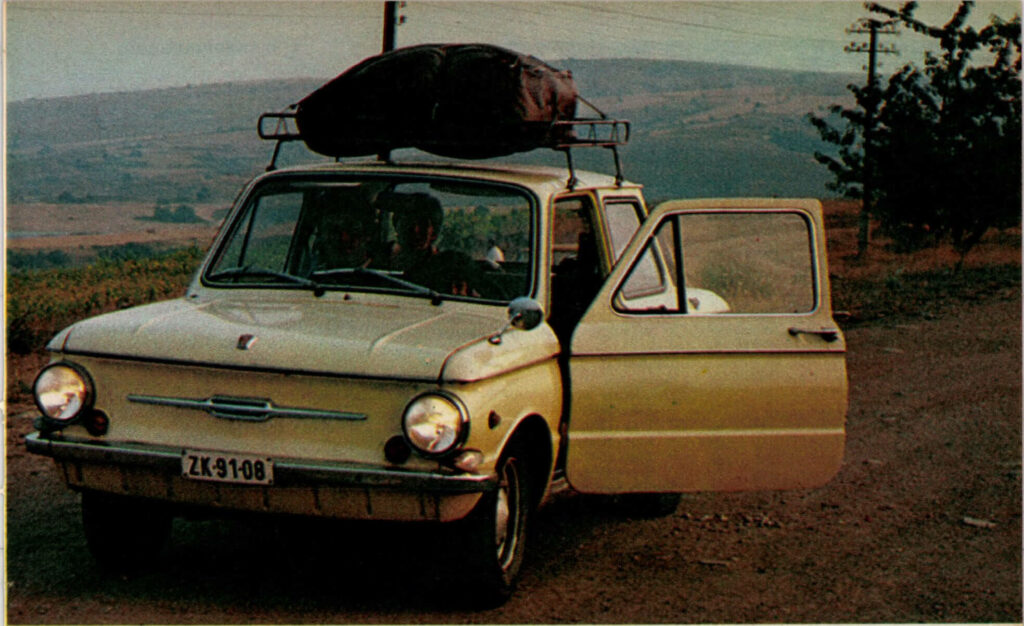
Text accompanying the photo: I first wrote about the car I own in AM -1977/14, then in 1978/1. Since then I have done many thousands of kilometres with my Zapo. This summer, it has continued to overcome the climbs on the winding roads of the Rodope Mountains in Bulgaria with impeccable results.
Opinions are already divided on the oil temperature. My car's engine doesn't get hot, even on hard climbs, and the thermometer doesn't go above 90 ⁰C. Others, however, have complained that it is not uncommon for the temperature to exceed 100 ⁰C.
Opinions also differed on the quality of the oil. I have not had any problems with the Multi Super multi-stage oil, and many people prefer to use separate winter and summer oils.
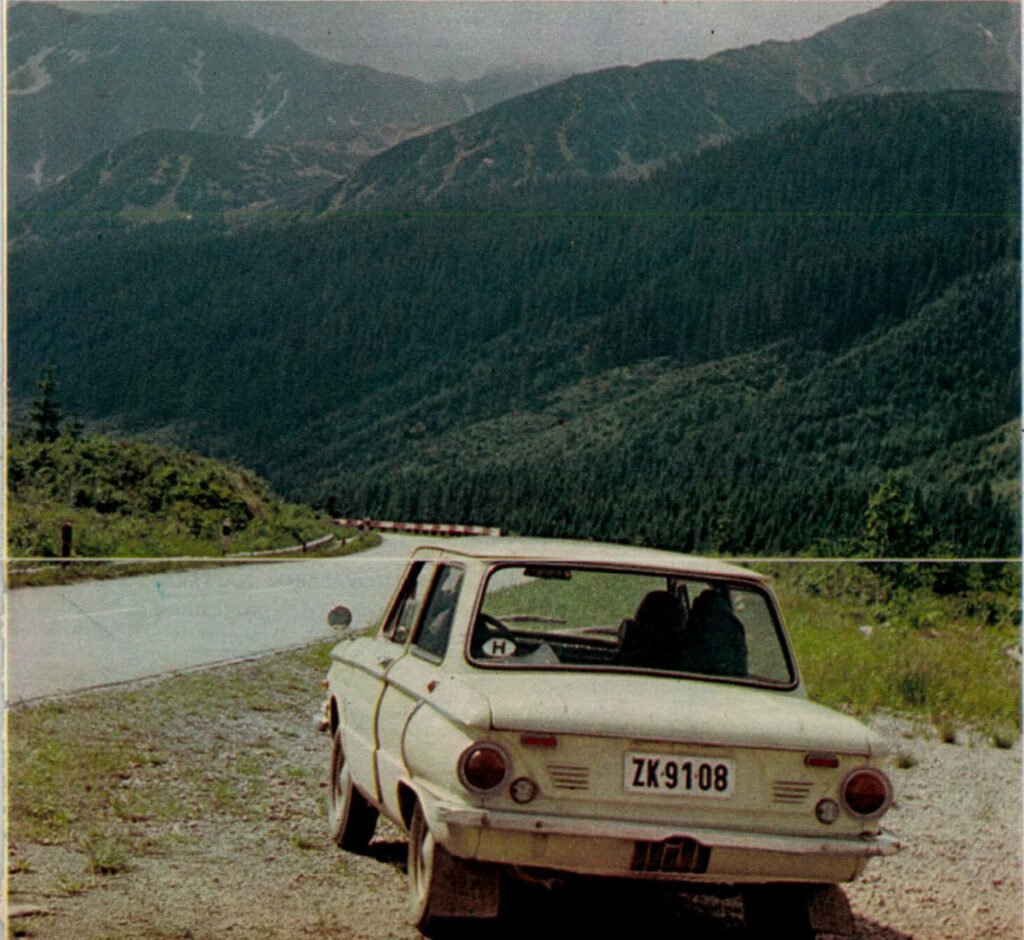
On the way to the monastery of Rila
No complaints about the thermostats either, but we can agree that in summer they should be propped up.
The material quality of the valves is good, but some of the Zapos regularly increase the valve clearance prematurely. Although this is not typical, it is still advisable to check every 5000 km.
The type, heat rating and age of the candle are important. It is not advisable to deviate from the factory-recommended (225) heat rating. PAL, Isolator and even Marelli can be used, but do not use any of them for more than 10,000 km. If you don't change the spark plugs in time, you'll end up with a surprising increase in consumption and a noticeable loss of acceleration.
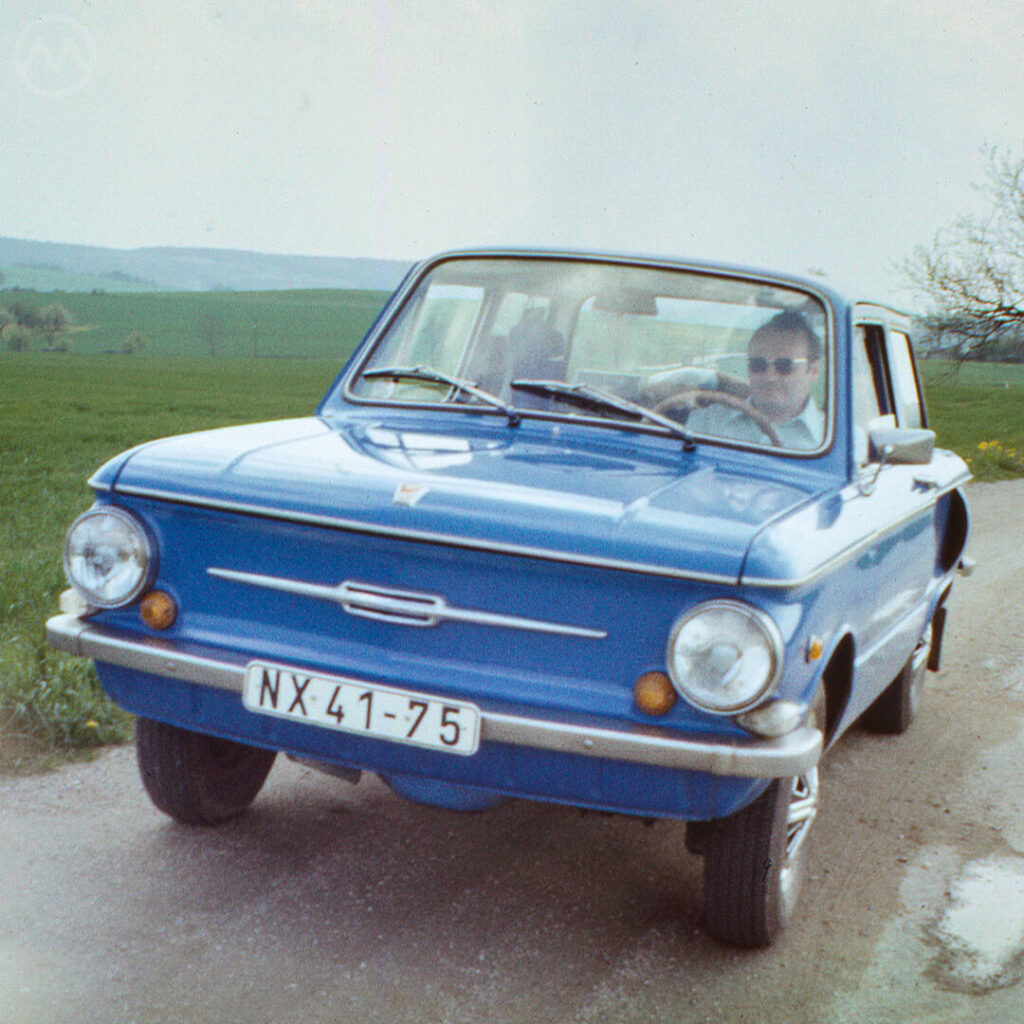
Image source: oldmotors.net
We asked each other :- How much do you earn? What is your average speed?
Obviously, you can't expect a 6-7 year old car to do 100 km/h all the time.
About the chassis and more...
A few words about the sounds on the move. It vibrates, rattles, chirps or clicks differently for everyone. But what? Usually it's the dashboard: some or all of the rotary knobs and switches. The thermostat may also be rattling or chirping - a sound you hear from the rear - or the air baffles in the gills. Or even the sheet metal stiffeners in the boot, or the sheet metal in the petrol tank. Rubber lining, "battening" the edges, can help.
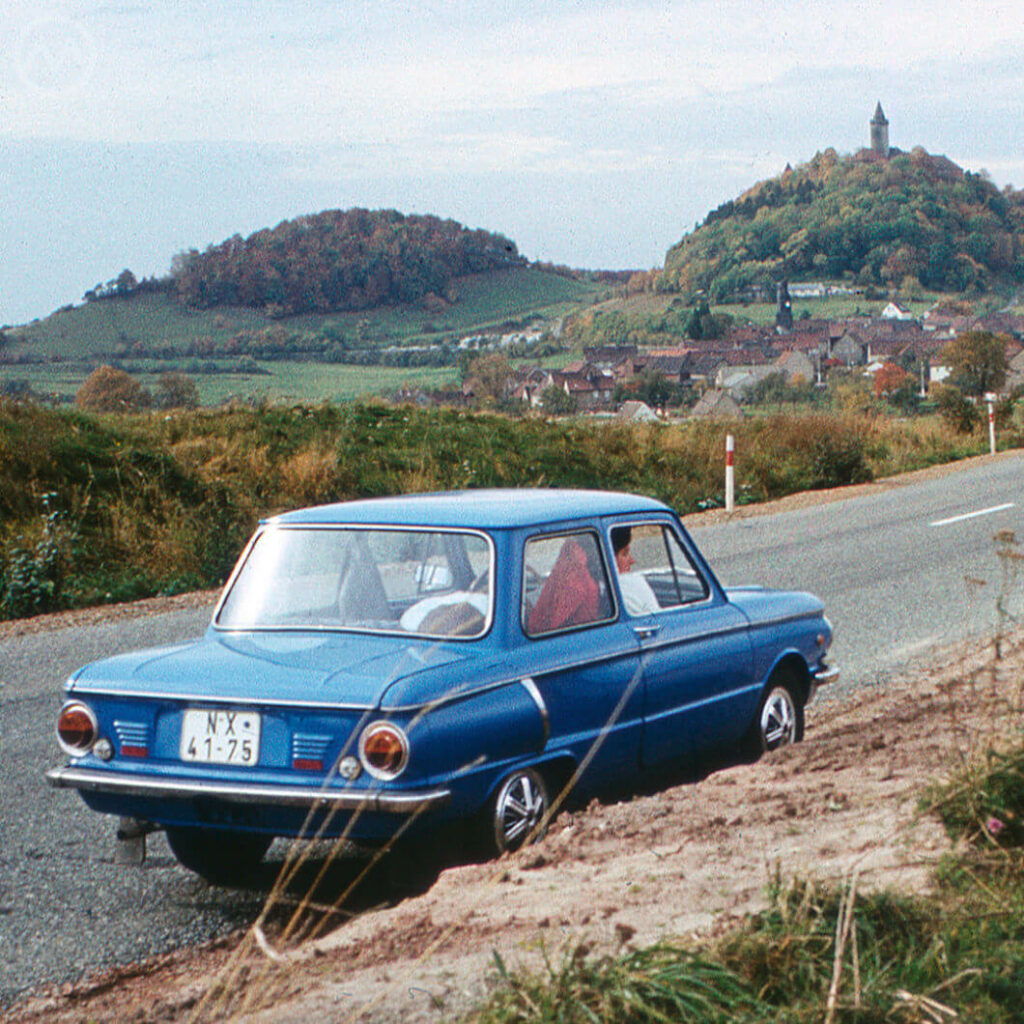
All of us agreed that the original Soviet hubcaps were good. Some of us have done 40-50,000 miles on them. But we all nodded our heads when it came to the properties of radial tyres. With radial tyres, there's no need to be cautious when cornering.
The chassis - excellent. Where are the frequent axle and spring failures of the front cars? These are perhaps the most robust structural elements in the new model.
And then we forgot about the gas station, which is efficient but not the most reliable. There are many complaints. All parts can be repaired if parts are available.
About the supply of spare parts
The supply of spare parts is a common complaint. Yet we have all bought everything we need so far. The only question is: where and how? The answers are varied: the most frequently mentioned places of purchase are the dismantlers and the blurred retailers. Stories fly around about the source of a part, how to get it. This is where a car loses a lot of its technical and public value. Unfortunately.
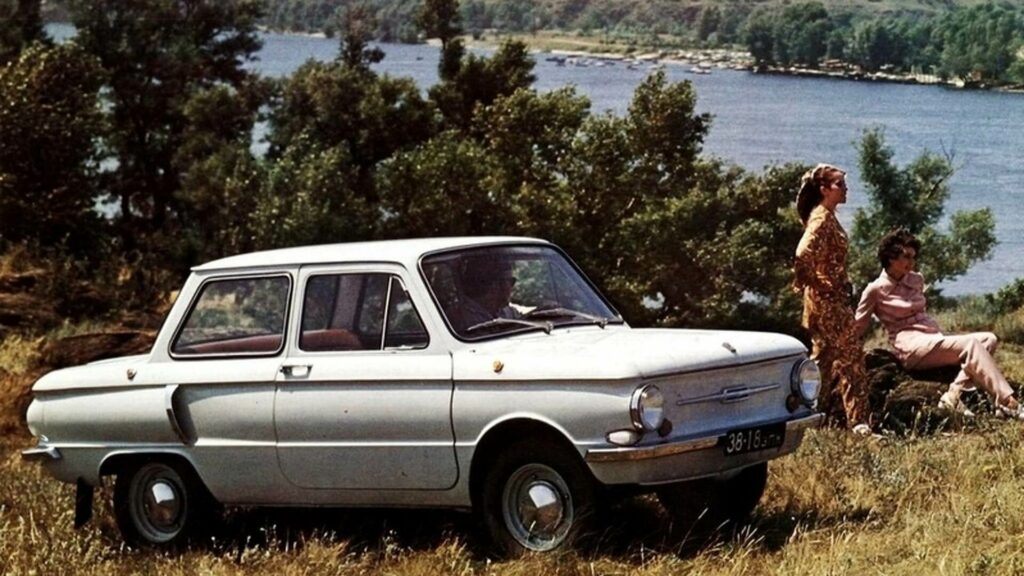
Image source: motor1.com
And what about the services? There are! "We often prefer to tinker with the car at home," said several people. But the Zaporozhets are not a garage car. It requires more frequent maintenance than the average car, with thorough internal and external inspections. And these cannot always be done in-house. Many ZAZ owners do not know how often the oil filter needs to be cleaned (15000 km). But the air filter should not be cleaned every 3 years either... It is advisable to remove and replace the spark plugs several times to avoid the threaded parts getting stuck in the cylinder head.
Bowdens should be oiled frequently, as they can "fray" in unexpected places.
My interlocutors were almost verbatim with their useful and actually good advice. Because they know and love the car.
A few words about our trip this year
This summer we were in Bulgaria. During the three-week trip, our Zaporozec worked flawlessly. Our average fuel consumption for the Bulgarian part of the trip was 7.9/100 km and for the whole trip - 3500 km - 8.7/100 km. I couldn't believe it myself. True, before the trip the little ZAZ had undergone a careful engine overhaul and other checks. And that this should be done before every long trip is only natural.
BIG OTTÓ
